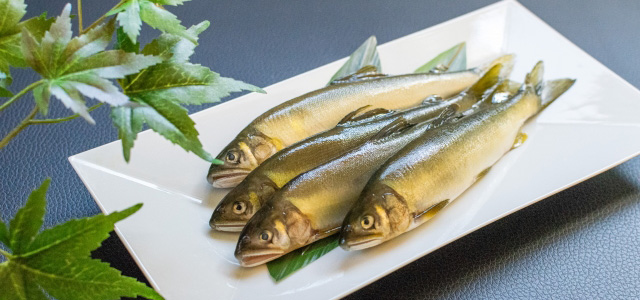[Safely distribute delicious fish! ] Kill Anisakis with rapid freezing technology!
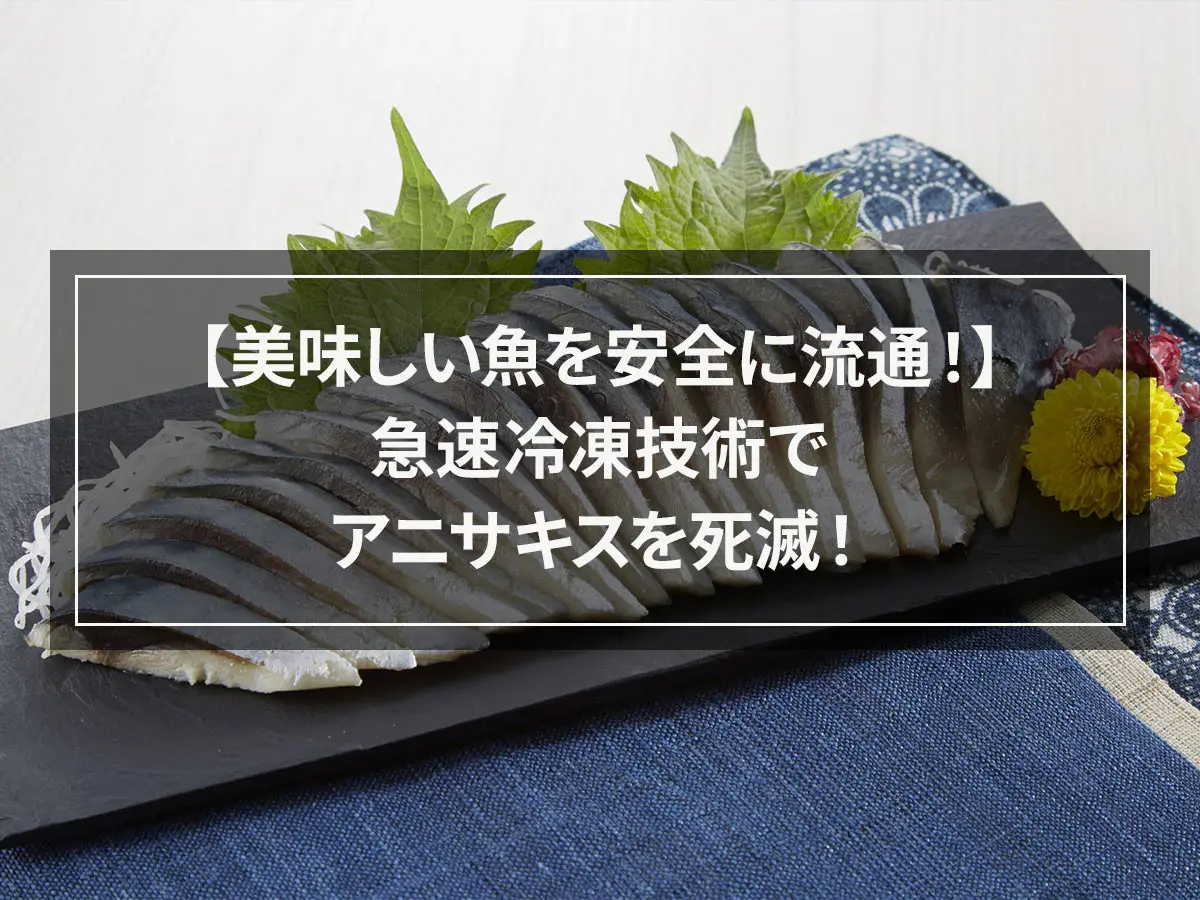
Estimated reading time: 3 minutes 50 seconds
Did you know that food poisoning caused by Anisakis has been increasing recently?
Due to improvements in refrigeration technology, raw fish is now distributed throughout the country, but the damage caused by Anisakis is also increasing year by year. In Japan, the culture of eating raw fish, such as sushi and sashimi, is deeply rooted, so the damage caused is much higher than in other countries.
Although Anisakis is often broadcast on TV programs, it is a very troublesome enemy for those who handle marine products and fishermen's cooperatives. You may be thinking about how to protect fish from Anisakis and distribute them safely.
In this article, we will tell you that installing rapid freezer is extremely effective in protecting fish from Anisakis.
Anisakis can be killed by rapid freezing.
In addition, advanced freezing technology allows the freshness of the fish to be maintained to the maximum extent possible, making it possible to distribute fresh fish throughout the country and increase sales volume.
There are many other benefits as well, which we will introduce in detail below.
目次
About Anisakis

Ecology of Anisakis
Anisakis is a parasite that infects marine animals, including horse mackerel, mackerel, salmon, cod, and squid, which are commonly eaten by Japanese people.
It is visible to the naked eye, measuring between 1 cm and 3 cm, and its body color is whitish.
Details and current status of damage caused by Anisakis
When the fish is alive, Anisakis infects the internal organs, but when the fish dies, it migrates from the internal organs to the muscles. Therefore, it is best to remove the internal organs while they are fresh, but if the fish has been dead for several days, Anisakis will be infesting the fish, and you will eat it without realizing it when making sashimi. That's how Anisakis enters the human body.
Anisakis, which has invaded the human stomach in this way, tries to break through the wall of the stomach. When this happens, people may experience severe abdominal pain, sometimes to the point where they are unable to stand.
Anisakiasis can only live in the stomach for about 4 days, so if you can tolerate the severe pain, it will heal if you leave it alone, but if Anisakis invades the small intestine, open surgery will be required. Let's go to the hospital as soon as possible.
As mentioned earlier, the damage caused by Anisakis is increasing year by year. One of the reasons for this is that the distribution of raw fish has become more active due to improvements in refrigeration technology and media coverage of raw eating as a gourmet food.

The graph above shows the annual trend in the number of patients with food poisoning caused by anisakiasis.
The number of patients increased approximately 18-fold between 2006 and 2013.
Damage caused by Anisakis to businesses and how to deal with it
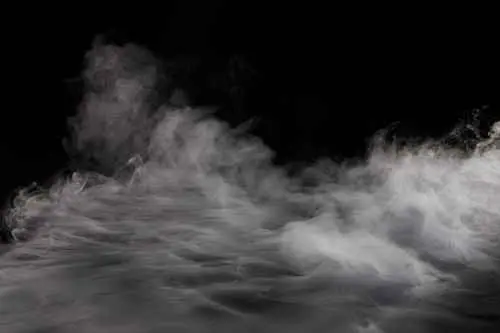
Anisakis damage to the fishing industry
Let's look at the damage caused by Anisakis from the perspective of the fisheries industry, rather than the consumer's perspective. There are two main types of damage suffered by fisheries industries.
○If awareness of Anisakis increases due to the increase in the number of food poisoning patients caused by Anisakis, consumers will often feel anxious and the demand for raw fish will decline.
○If a person actually suffers from food poisoning due to Anisakis, the distributors will also be held responsible.
Those are the two points above.
First, let's take a closer look at the former.
As mentioned in the previous section, the number of cases of anisakiasis food poisoning is increasing year by year, and although it is not currently well known among consumers, it is expected that awareness will increase as the number of patients increases in the future.
This will reduce demand for raw fish that may be infected with Anisakis, causing prices to fall and thus reducing sales for seafood companies.
Next, let's consider the latter. If a patient is infected with food poisoning due to Anisakis, the patient's eating history will be investigated over the past four days to determine the source of the infection. If a restaurant or retail store is identified as a source of infection, the reputation of the business that distributes products to those stores could suffer.
The challenge for fisheries producers is to take measures against Anisakis before this situation occurs.
How to kill Anisakis
So how can we deal with Anisakis?
There are two ways to kill Anisakis.
It's heating and freezing.
Anisakis is extremely sensitive to heat and can be killed instantly by applying heat of about 70 degrees Celsius. However, if it is heated, it is no longer raw, so this time we will focus on another method, freezing.
Anisakis can be killed by freezing at -20°C for 24 hours. However, it is very difficult to kill Anisakis using a normal commercial freezer.
The reason for this is that stable temperature control is difficult and it is not possible to maintain a temperature setting of -20°C.
Freezers have a defrost function that removes frost from the fan that supplies cold air to the freezer. This defrosting process is performed about 4 times a day, and the temperature inside the refrigerator rises by about 5°C during defrosting. Also, opening and closing the door will cause the temperature inside the refrigerator to rise.
Also, you need to consider that it takes about half a day for the food to cool down to -20℃ after it is placed in the freezer.
For these reasons, it is difficult to kill Anisakis in a regular commercial freezer, and it takes a considerable amount of time.
How to deal with it using rapid freezer
Here, we will introduce a method to deal with this problem using rapid freezer is made using the latest technology among freezers.
rapid freezer can freeze food quickly at the extremely low temperature of -35°C. Looking at the diagram below, we can see that the time it takes for the temperature of food to reach -20°C is more than three times longer with a normal freezer than with rapid freezer.
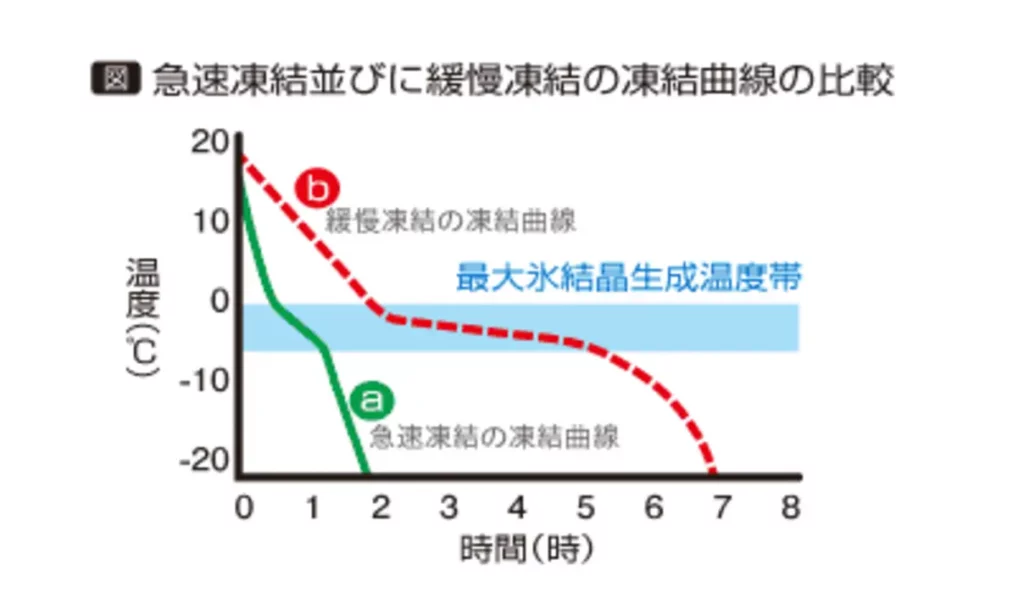
Furthermore, the final temperature reached is -18°C in a normal freezer, but it can be lowered to -35°C in rapid freezer, so the time it takes for Anisakis to die can be significantly shortened.
Also, there is no need to worry about the temperature rising due to defrosting. rapid freezer are designed to prevent frost from forming and do not defrost.
In this way, rapid freezer are extremely effective in killing Anisakis because they can maintain stable low temperatures for a short period of time.
Three reasons why we recommend rapid freezing
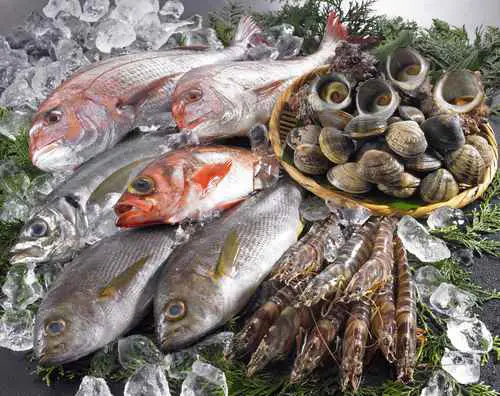
In addition to the advantage of being able to kill Anisakis, there are three major advantages that I would like to introduce.
Can be distributed fresher than raw food
The first point is that it is possible to distribute fresher fish than raw fish.
In areas that are geographically far from the sea, the process of delivering fish takes several days, resulting in a loss of freshness.
Comparing raw fish that is not as fresh as this and frozen fish that has been rapid freezing, the latter retains its freshness and remains delicious even after being thawed and is delivered to consumers.
rapid freezing allows fish to be frozen without damaging cells during the freezing process, so even when thawed, the fish remains almost the same as fresh.
Can expand sales channels
The second benefit is that it is possible to expand sales channels. Because the fish is frozen before distribution, it can maintain its freshness for a much longer period of time compared to raw fish.
This will enable fresh fish to be delivered to areas that currently cannot receive it, further stimulating food distribution.
It is possible to expand sales channels even overseas.
Can reduce transportation costs
The last benefit I will introduce is reduced transportation costs.
Nowadays, as raw fish is becoming more popular, delicious fish caught in Hokkaido and Kyushu is now distributed in urban areas such as Tokyo. However, in order to distribute fresh fish from distant regions, it must be transported by plane in a short time, resulting in extremely high transportation costs.
However, frozen fish can maintain its freshness over a long period of time, making it possible to transport it for long periods of time, making it possible to distribute delicious fish by transporting it by car or boat, which has low transportation costs. .
Conclusion
In this way, by introducing rapid freezer, you can enjoy many benefits such as maintaining freshness, expanding sales channels, and reducing costs while minimizing the damage caused by Anisakis.
For those who want to reduce the damage caused by Anisakis, by installing rapid freezer, you may be able to solve not only Anisakis but many other problems at the same time.
Why not consider it once?








![[Storage period increased by 30 times! ] Achieving a stable supply of raw whitebait!](https://shunkashutou.com/wp-content/uploads/2016/11/579c55e6d32e1385c250e8e7c3ed59a71.jpg)
![[Sales increased 100 times! ] rapid freezing the signature menu “Ni-katsu sandwich”!](https://shunkashutou.com/wp-content/uploads/2016/11/IMG_02391.jpg)
![[Horse sashimi] We have significantly reduced waste loss with rapid freezer!](https://shunkashutou.com/wp-content/uploads/2016/11/5fda59d0cbcdabde18e58c3c58c09ed0.jpg)




![[Storage period increased from 3 days to half a year! ] Restaurants are expanding their business using wholesale and mail order!](https://shunkashutou.com/wp-content/uploads/2018/04/66c19942ab4ba346fdb64ccc04cde373.png)
![[Reduce loss from 200 kg of oysters to zero] Improve loss and expand business with rapid freezer](https://shunkashutou.com/wp-content/uploads/2018/06/19785ca583a8d3c4041c7c192d041b0d.jpg)














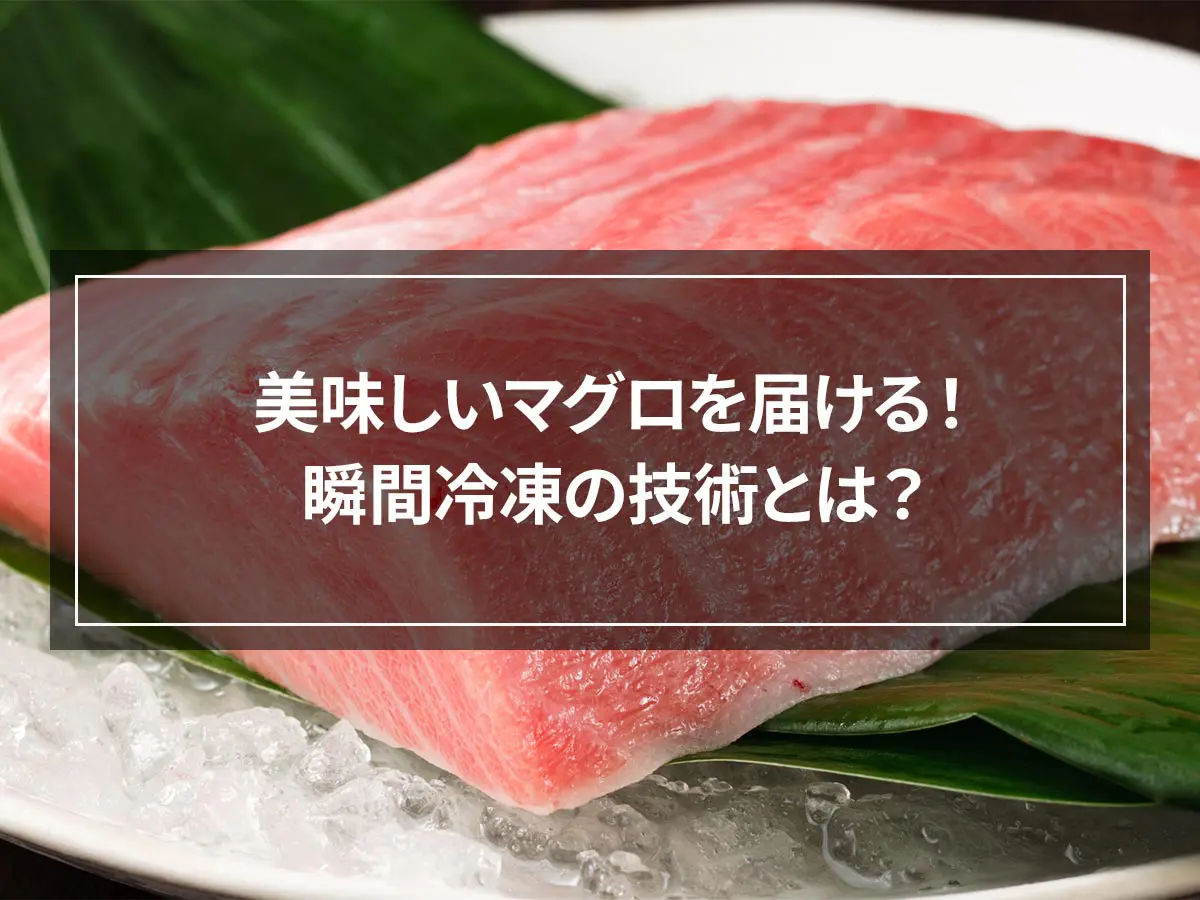
![[For vegetable processors] What is the blanching process that improves the quality of frozen vegetables?](https://shunkashutou.com/wp-content/uploads/2016/09/ad38a1a4c704bc39303ac1864f5b0b8d.jpg)
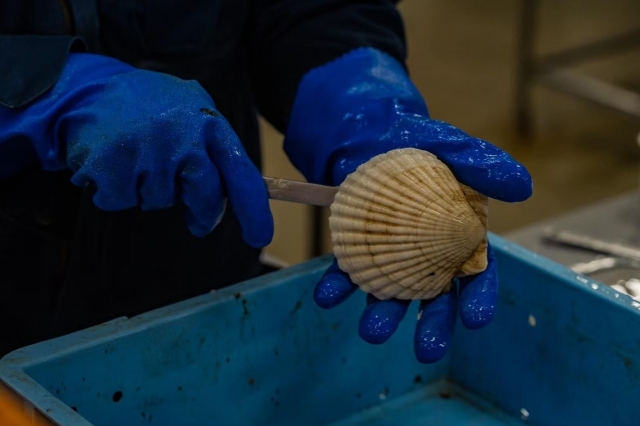
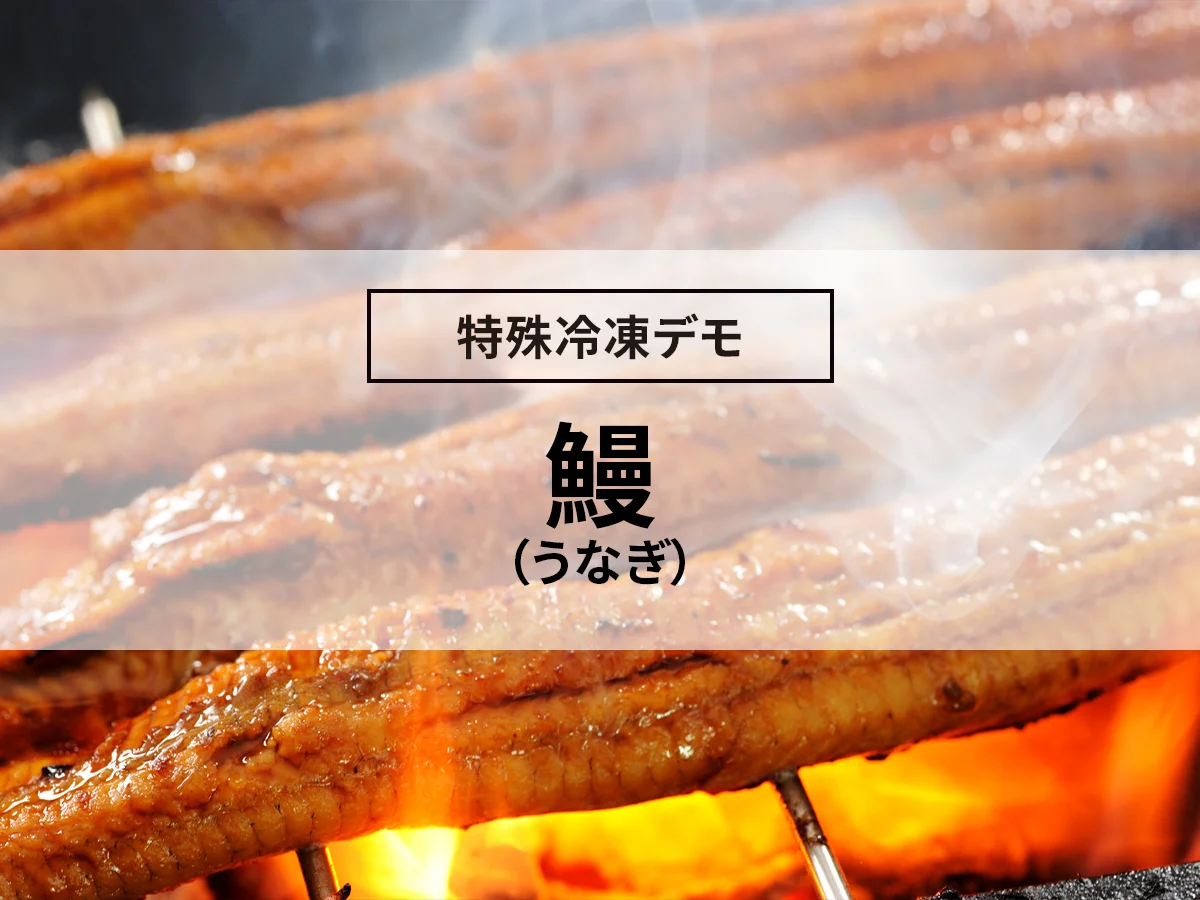
![[Make frozen oysters even more delicious! ] Correct thawing method and usage recipes](https://shunkashutou.com/wp-content/uploads/2023/10/5855c6e6d6dbdb298f86405b4b522329.jpg)
![[8 times more nutrition! ] Introducing how to freeze clams, storage period, and 5 recipes](https://shunkashutou.com/wp-content/uploads/2023/10/57204e2a2f115f810e29e365cfc86638.jpg)
![[Great at sushi restaurants! ] How to increase sales by rapid freezing sushi](https://shunkashutou.com/wp-content/uploads/2016/04/0d3e7f8a3cefa0aefe0a8452e414db21.jpg)
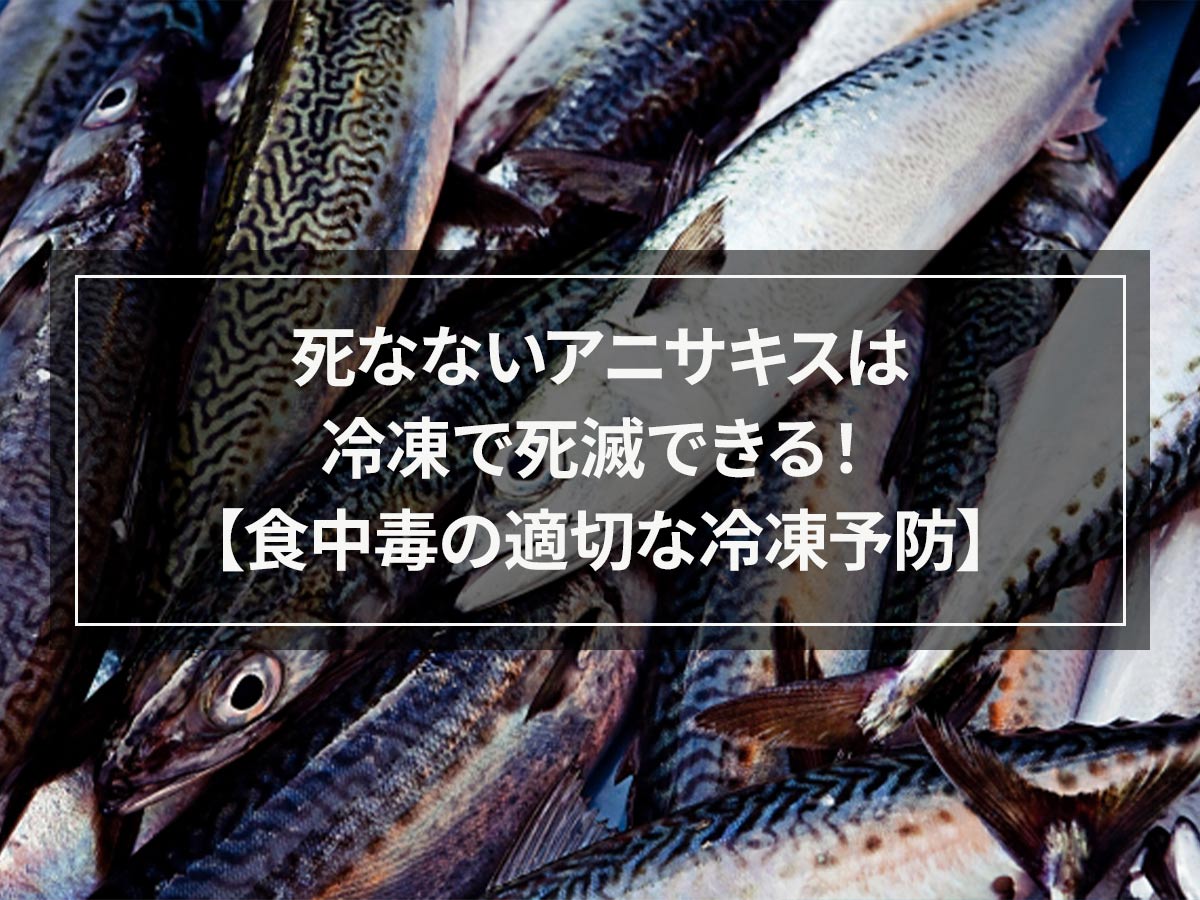
![[How to use leftover sashimi! ] Introducing frozen preservation methods and arrangement recipes](https://shunkashutou.com/wp-content/uploads/2023/10/7451dbe2231dbc559fe002350b8add67.jpg)
![[Explanation with photos! ] How to freeze saury, storage period, and 5 recipes!](https://shunkashutou.com/wp-content/uploads/2023/10/fff0f92d808aca2392b3eb576f218f08.jpg)

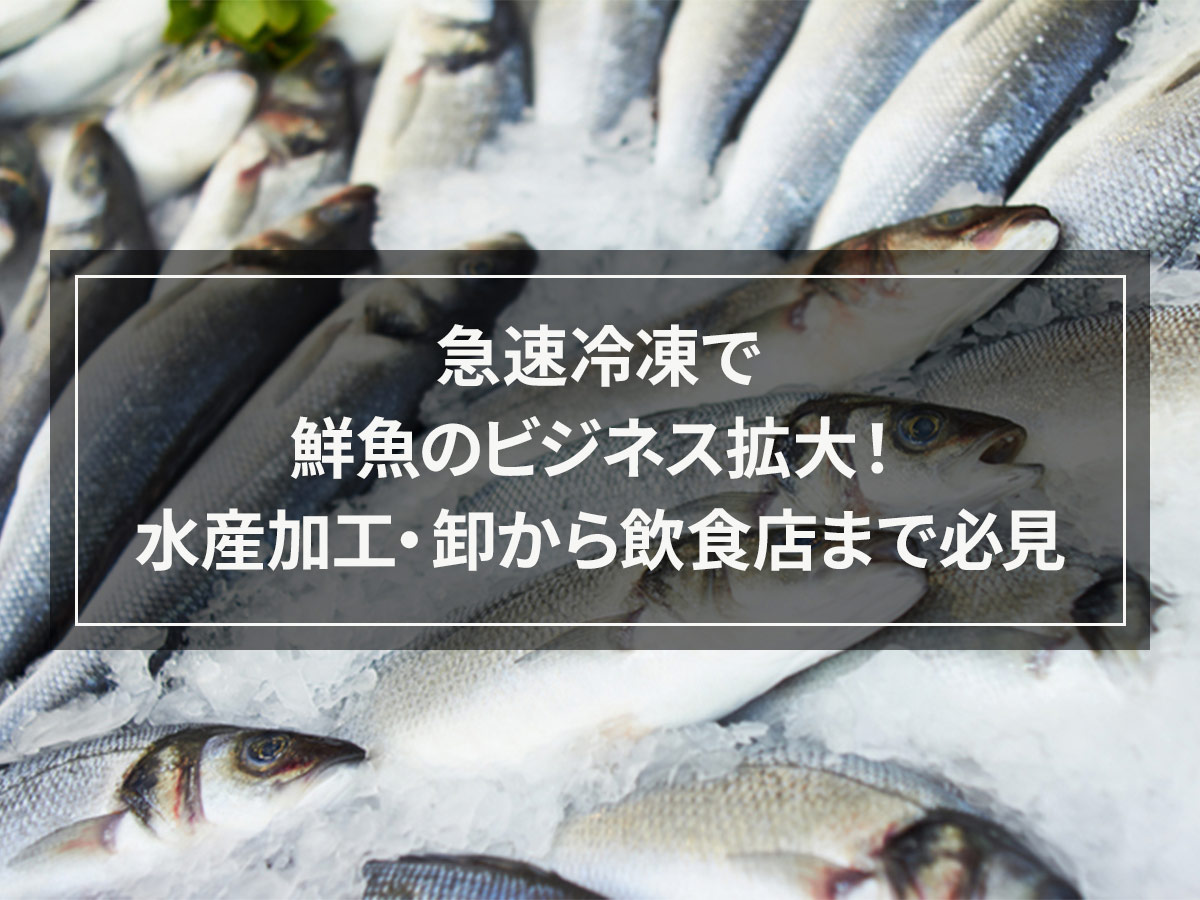
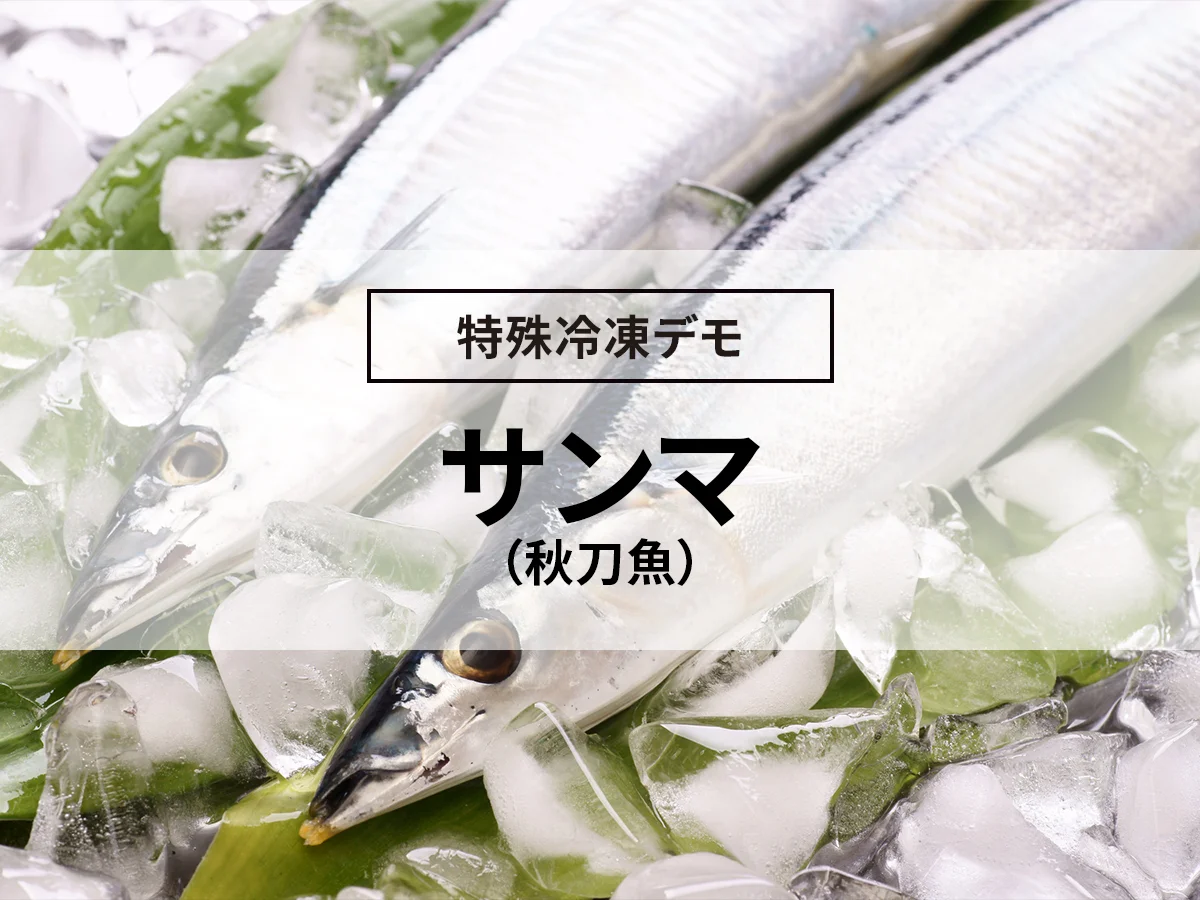
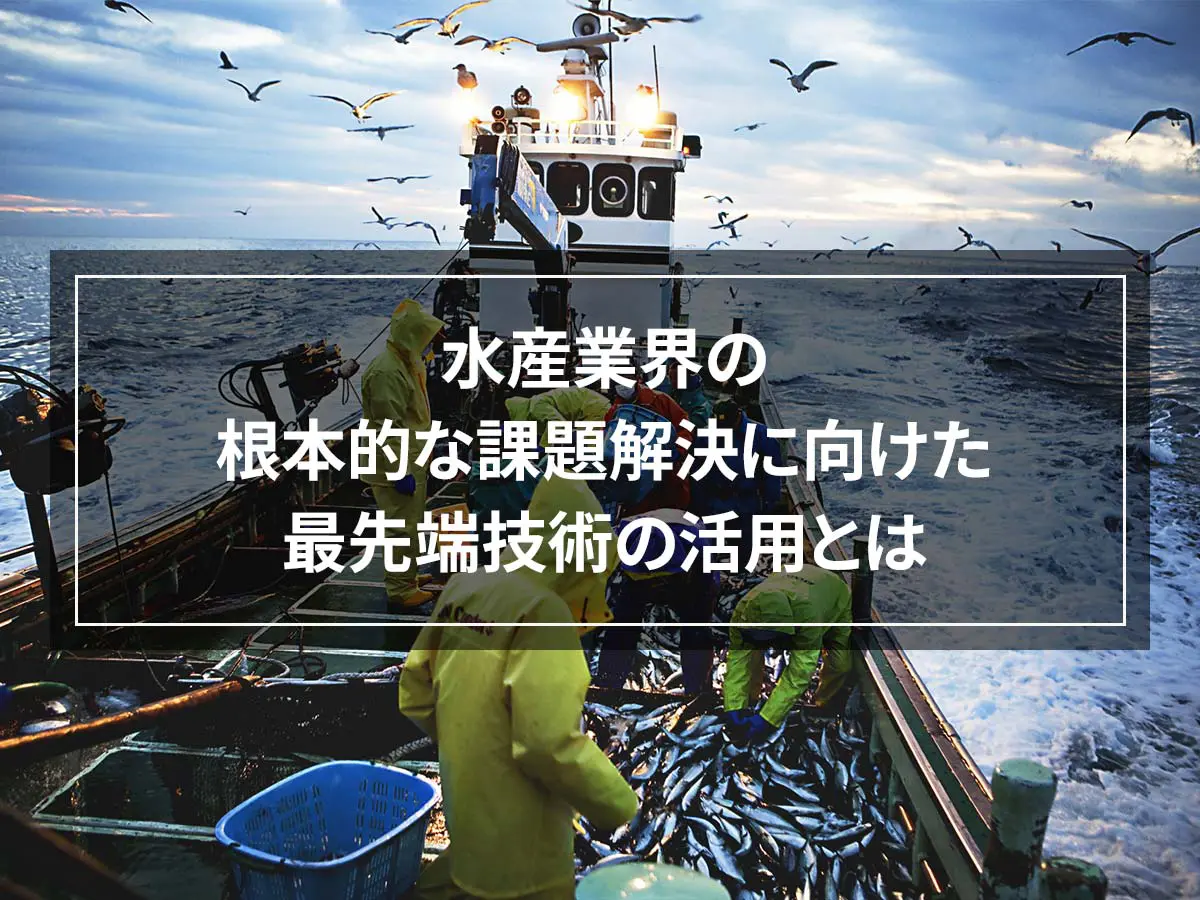
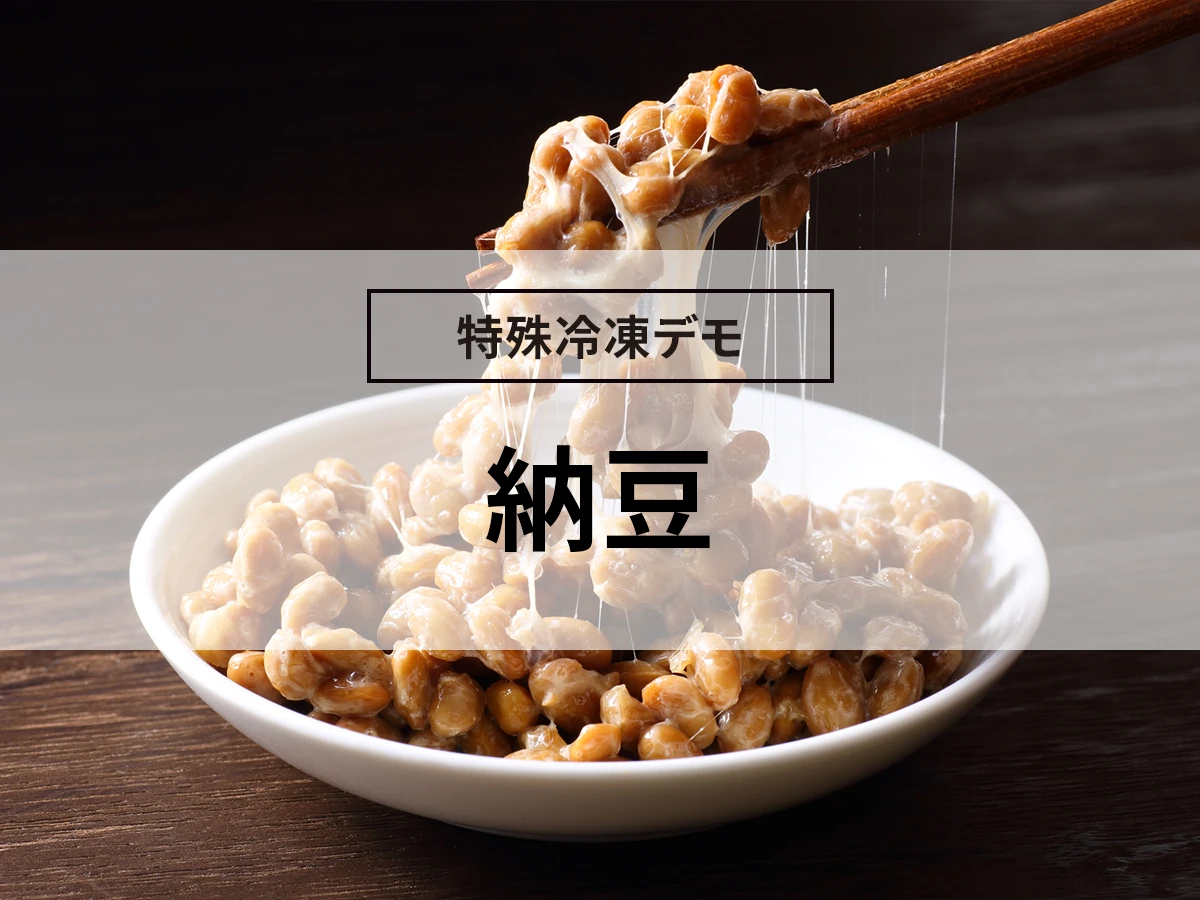
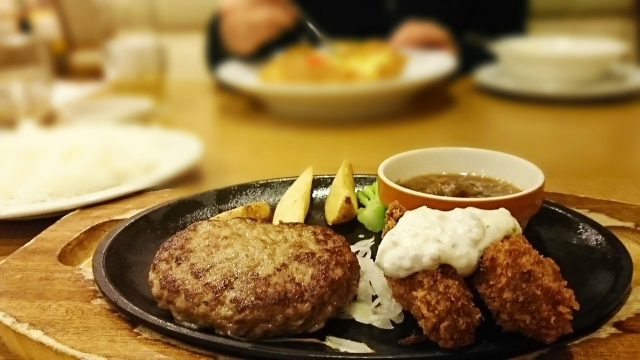
![[Delicious frozen foods] How to use them in lunch boxes, dinners, and snacks](https://shunkashutou.com/wp-content/uploads/2023/08/frozen-food-1024x683-1.jpg)
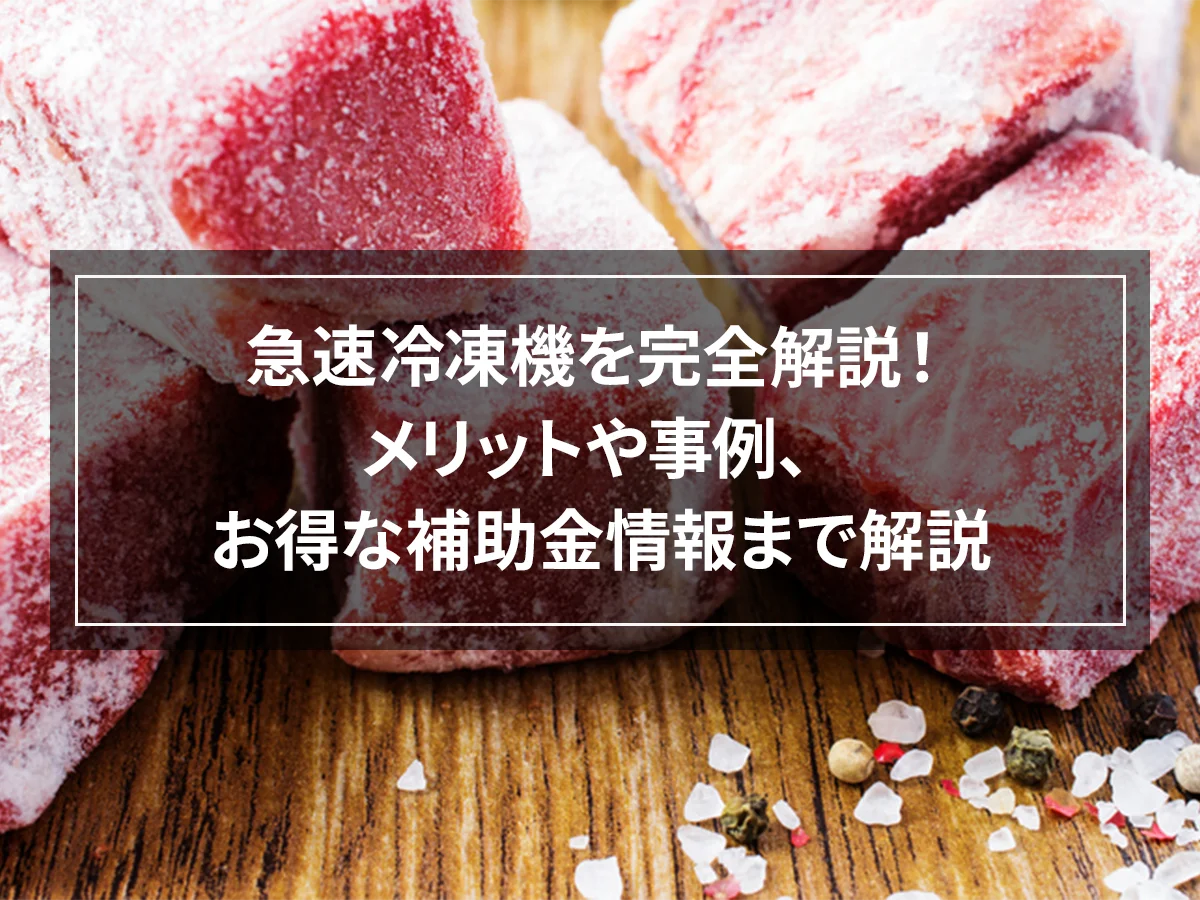
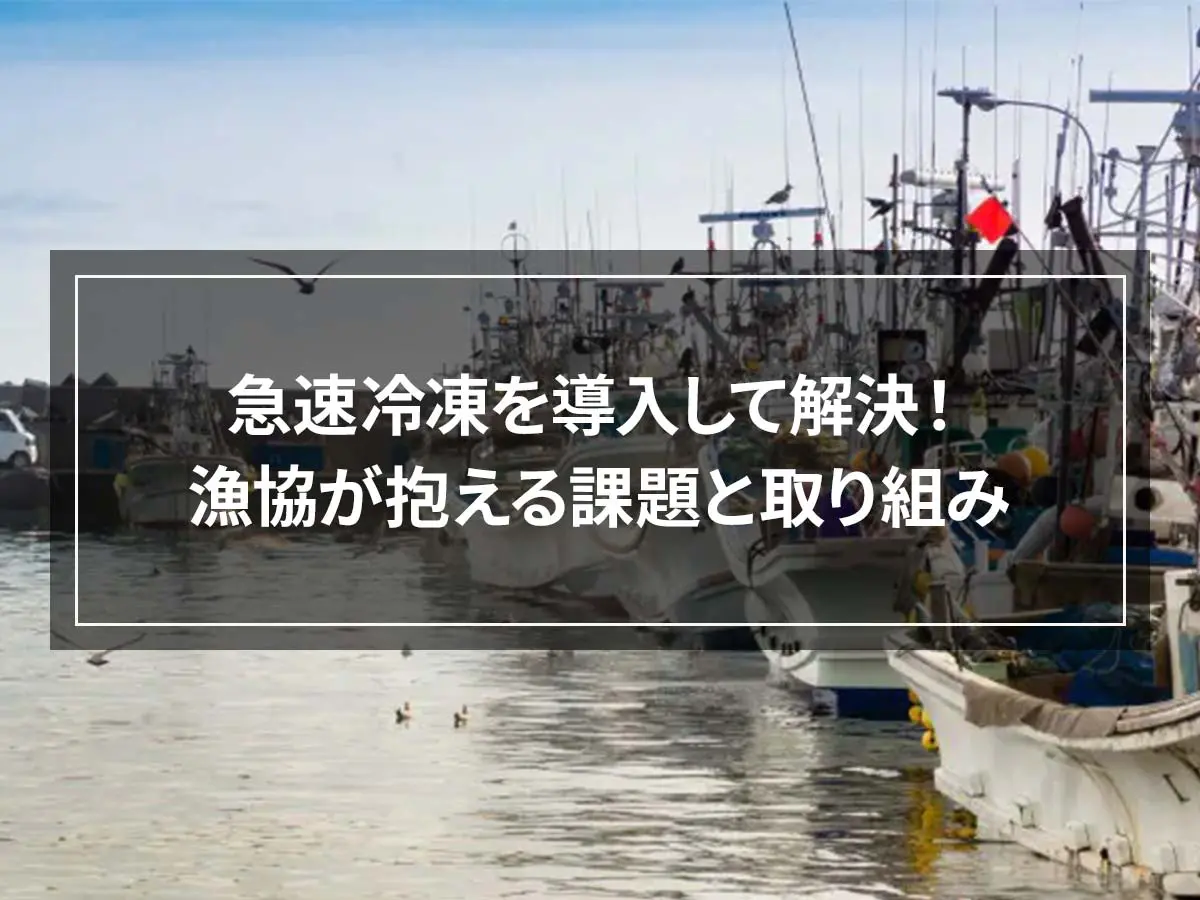
![[Commercial rapid freezer] Explaining the features, size, and price of Panasonic rapid freezing](https://shunkashutou.com/wp-content/uploads/2021/01/panasonic.jpg)
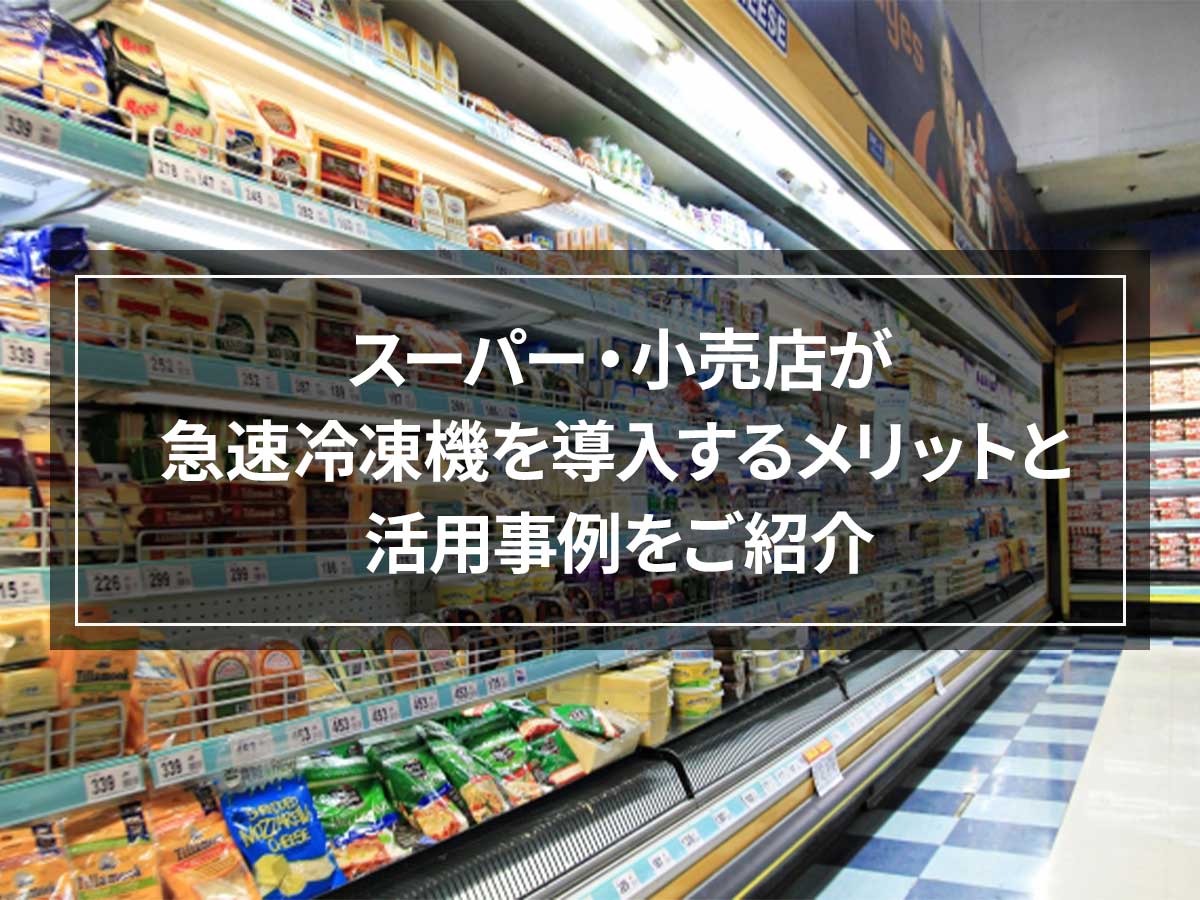
![[Does alcohol freeze? ] Surprisingly unknown freezing temperature of alcohol and usage examples](https://shunkashutou.com/wp-content/uploads/2015/06/alcohol-630x420-1.jpg)
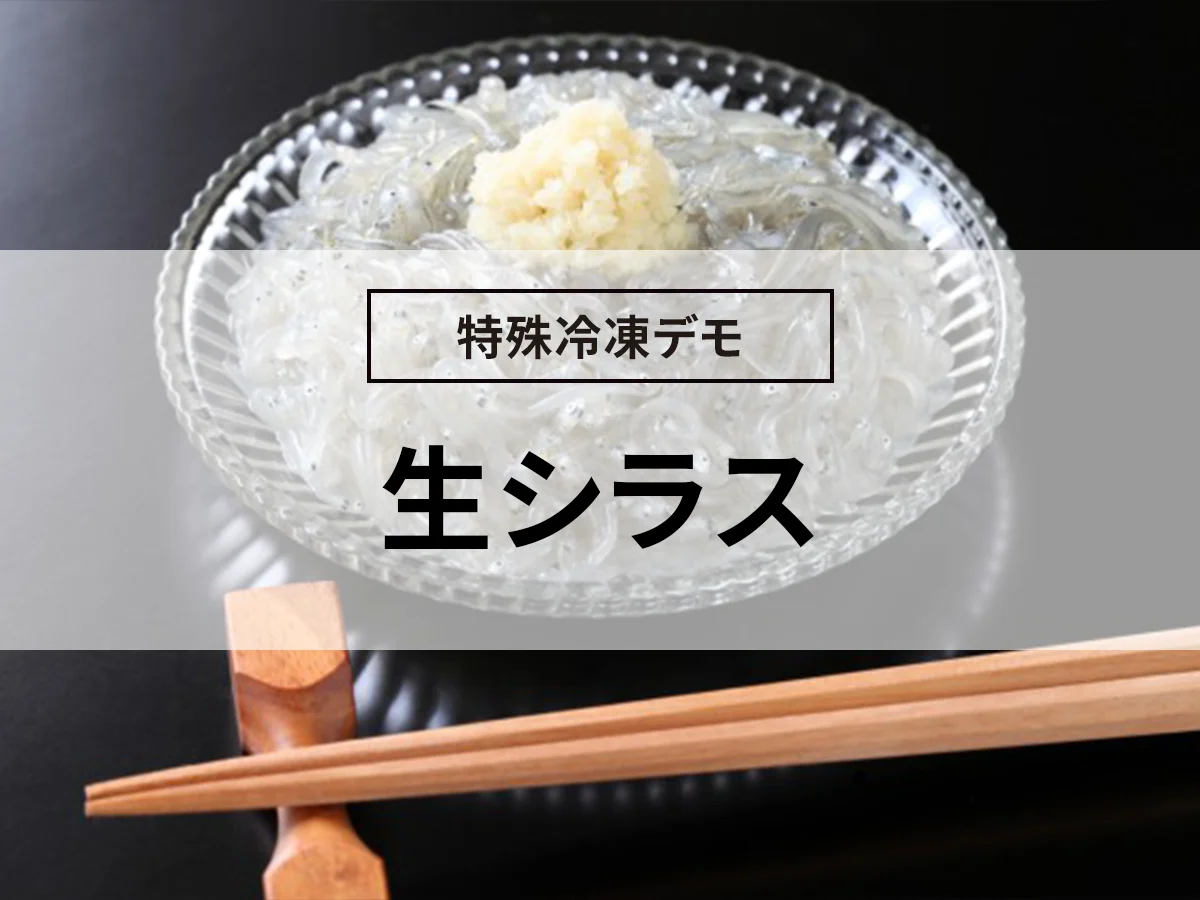
![[Fisheries/Fisheries Cooperative] Advantages and success stories of introducing rapid freezer](https://shunkashutou.com/wp-content/uploads/2015/05/jirei_suisan_img_01.jpg)
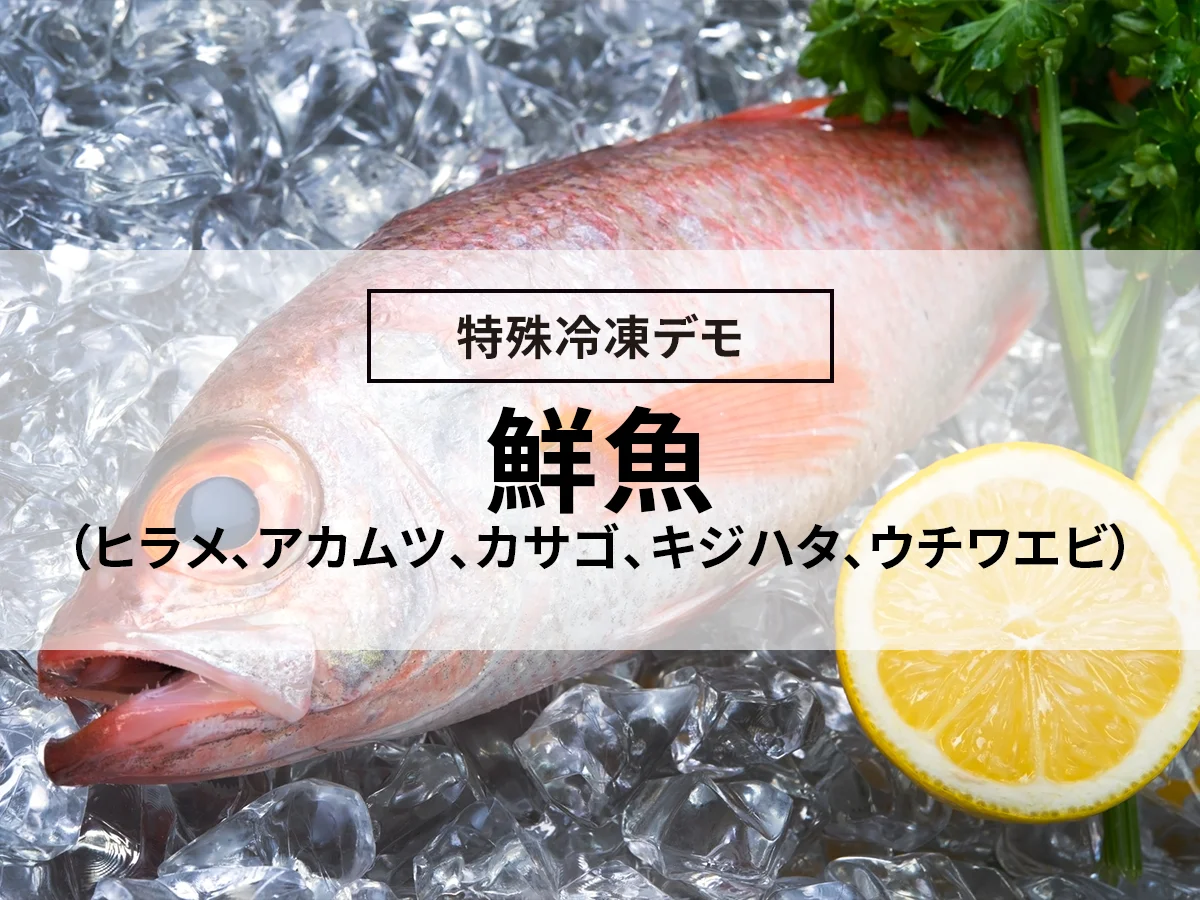
![[Includes recommendations by industry] Summary of types and benefits of small rapid freezer](https://shunkashutou.com/wp-content/uploads/2020/12/smallsize.jpg)
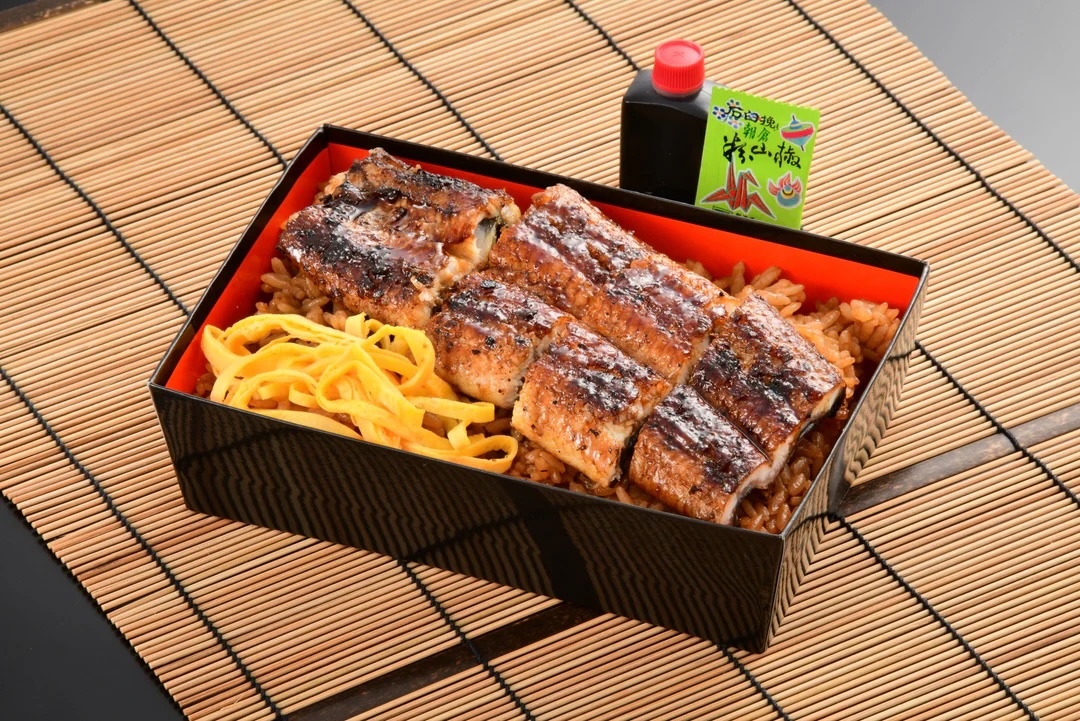
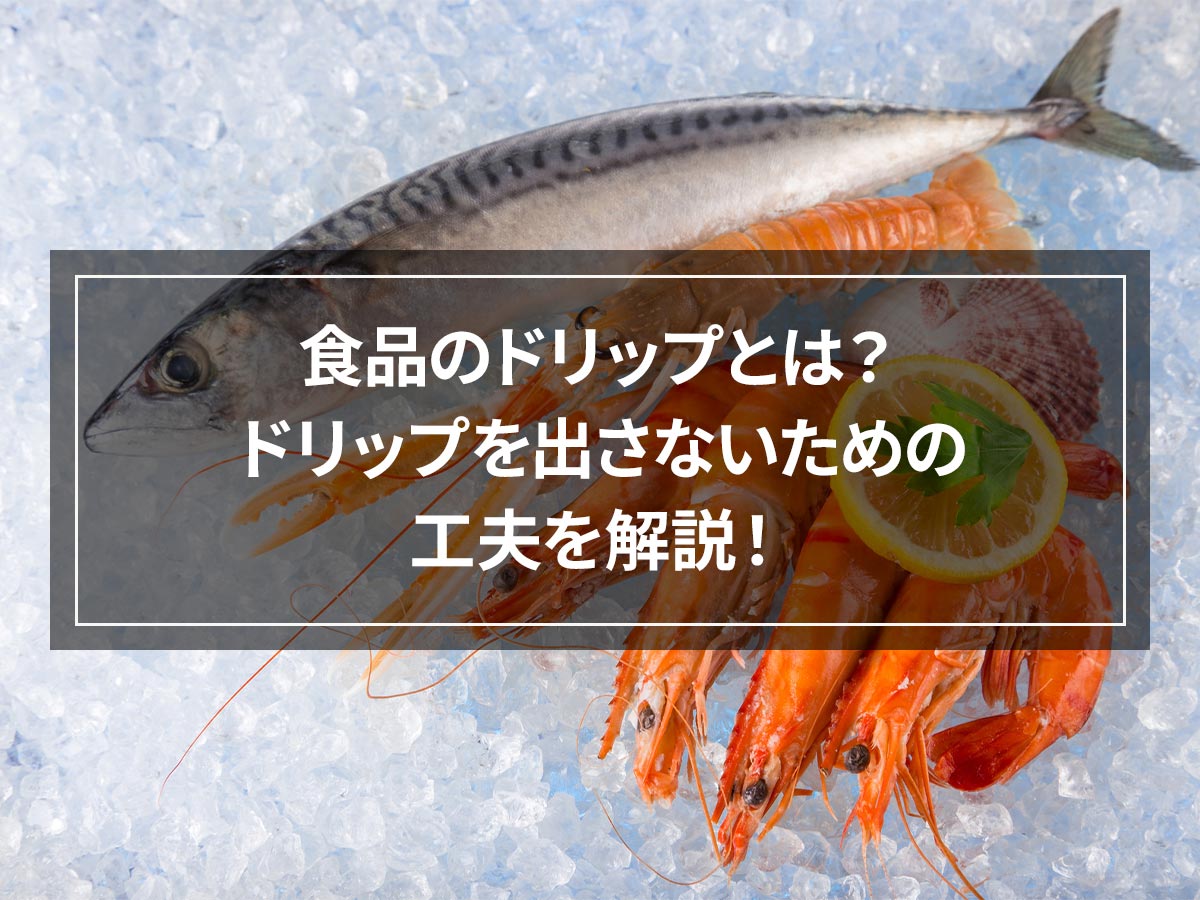
![[Explanation with photos] How to freeze octopus, storage period, and 5 recipes!](https://shunkashutou.com/wp-content/uploads/2023/10/5128a2b3fa3cc254cffab87821372215.jpg)
![[Explanation with photos] Freezing and storage period of yellowtail fillets, carefully selected recipes!](https://shunkashutou.com/wp-content/uploads/2023/08/2613b1c938d382e3afc17125432167f0-1.jpg)

![[Manufacturing subsidies are recommended for rapid freezer! ] Explaining the ABCs of application](https://shunkashutou.com/wp-content/uploads/2020/12/4024568_s.jpg)
![[Required for food business operators] What is the reason for implementing HACCP and using rapid freezing?](https://shunkashutou.com/wp-content/uploads/2017/02/b9dcd4b8ff706013bae4aafeda989b6e.jpg)
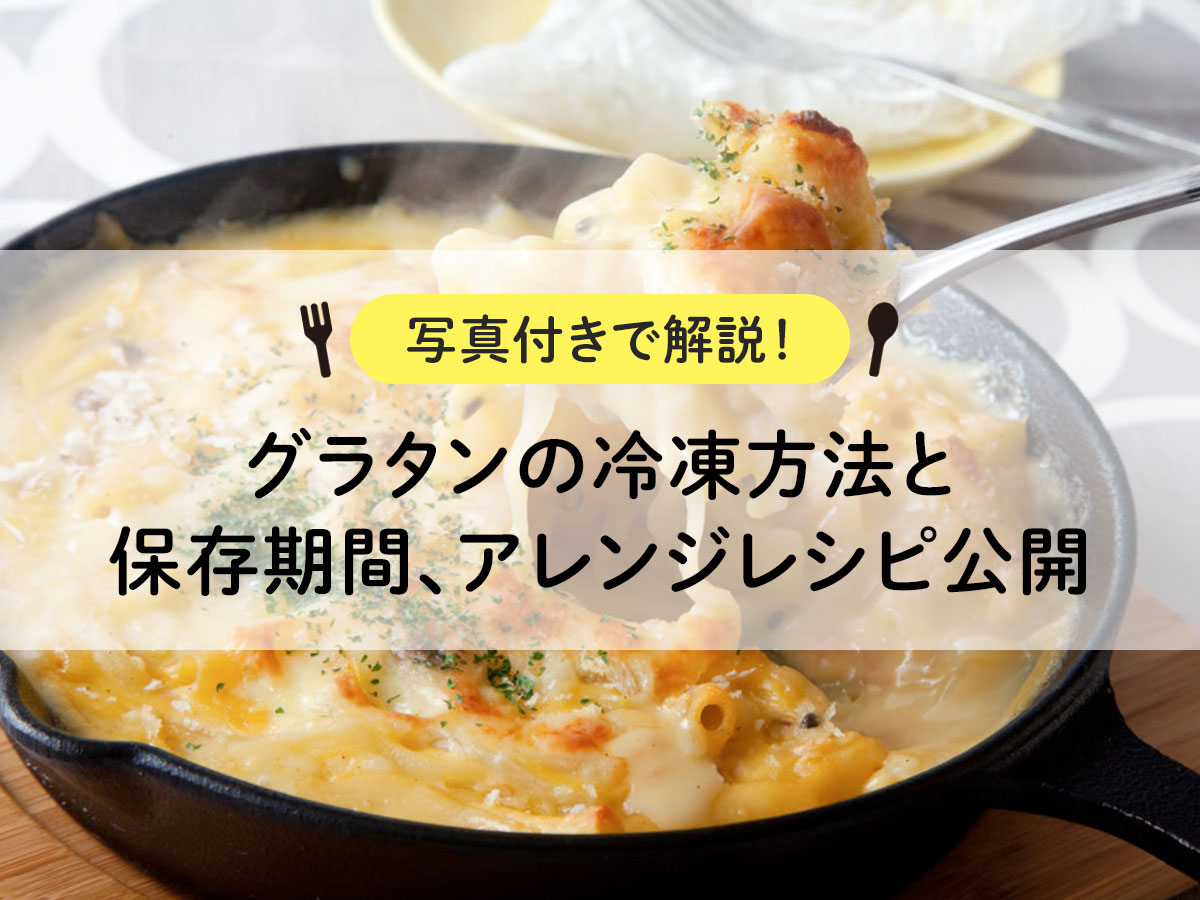
![[Must-see for beginners] What's so great about rapid freezers? Easy-to-understand explanation of the mechanism and benefits!](https://shunkashutou.com/wp-content/uploads/2020/12/9abf7961bd75c2a2af6fb61767b4fdb1-1.webp)


![[Thorough guide to preserving meat] Preservation methods, expiration dates, thawing methods, rapid freezing](https://shunkashutou.com/wp-content/uploads/2023/09/ec61889773cfed9c75aa97d9ca6c96dd-1.jpg)
